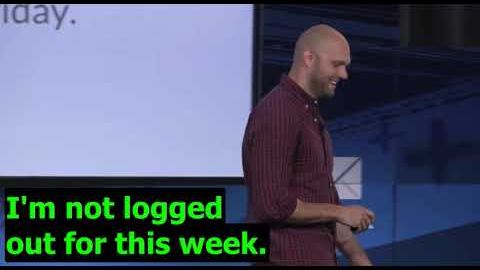ジェームズ・クリア:1の入手方法 (James Clear: How to Get 1)
w52wendy が 2021 年 01 月 14 日 に投稿  この条件に一致する単語はありません
この条件に一致する単語はありませんUS /spɪˈsɪfɪk/
・
UK /spəˈsɪfɪk/
- v.t./i.突き刺す : 刺し込む;貼る : くっつける;とどまる;突き出す;我慢する
- n. (c.)棒
US /ˈstrætədʒi/
・
UK /'strætədʒɪ/
US /ˈɛvɪdəns/
・
UK /'evɪdəns/
エネルギーを使用
すべての単語を解除
発音・解説・フィルター機能を解除

